Sharing my top daily nutrition recommendations for the New Year! No BS, just actionable tips to optimize your health and wellness from a Registered Dietitian.
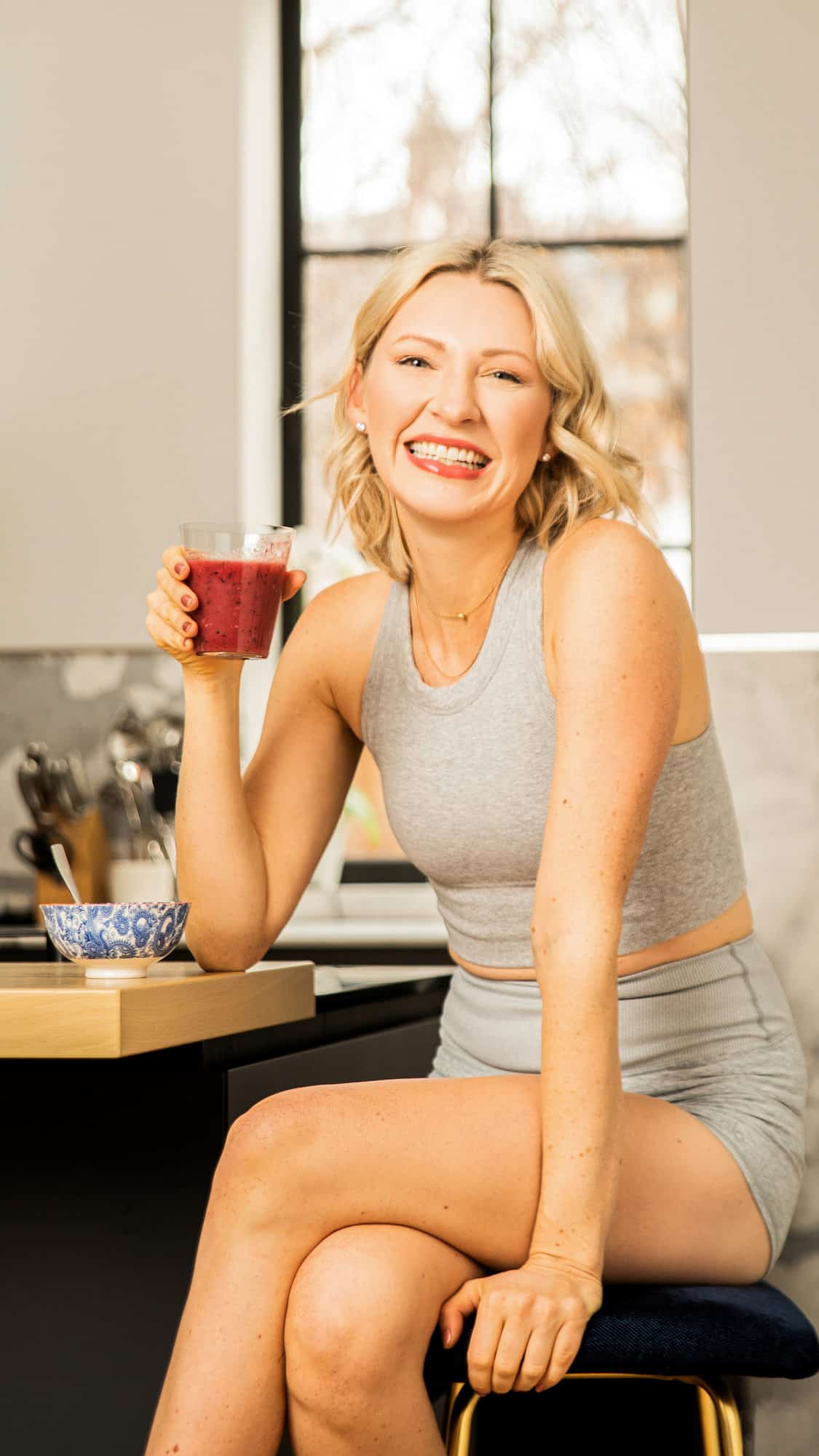
It’s the start of a new year, which means the gyms get busy and everyone’s on a new diet. As you guys know, I’m not a weight loss dietitian, but I do believe in body autonomy and respect those whose New Year resolution may be weight loss. Hey, if it improves your physical and mental health than I’m all for it.
With that being said, I wouldn’t generally recommend any juice cleanses, low carb diets, or only one meal a day. I would way rather see people make more gentle evidence-based daily nutrition recommendations than any crazy changes you’ll ditch by Valentine’s Day.
I know most of us place weight loss as an end goal, but at the end of the day, it’s not something we are 100% in control of. On the other hand, we can control our lifestyle and behaviours, with weight loss being a side effect. So today I’m going to share some tangible actionable behaviours, hacks, and my favorite daily nutrition recommendations that you can integrate TODAY to improve your overall health.
And before we dive into it, friendly reminder to take what works for you and leave what doesn’t. If it feels overly restrictive or doesn’t fit with your lifestyle, no biggie. All of these are suggestions for gentle nutrition habits to experiment with.
Prioritize Protein at Meals and Snacks
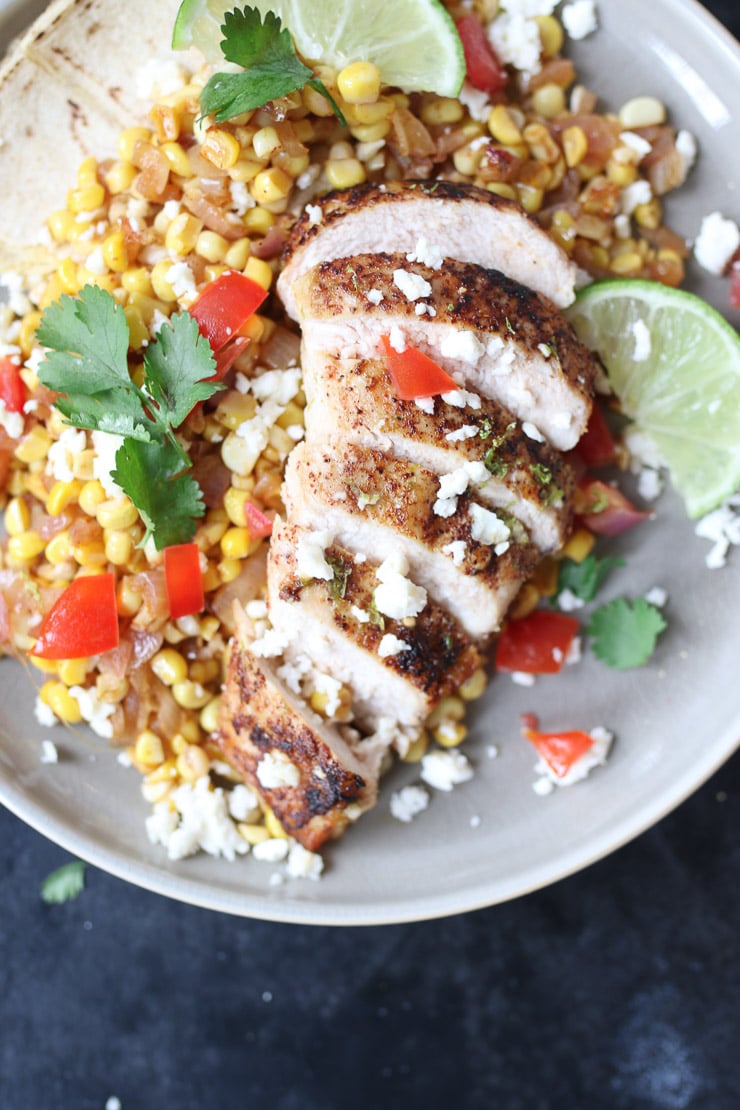
Protein is king in the satiety hierarchy which is why it’s at the top of the Hunger Crushing Combo™ triangle. We know how important maintaining lean muscle mass is for metabolism, weight management, and longevity as we age. We also know that focusing on protein is really important when in a calorie deficit. Research suggests that people spontaneously consumed 400 calories less when their protein intake went from 15 to 30% of calories.
The thing is, we can only utilize 0.3 g protein per kg of body weight per meal or snack for muscle protein synthesis. With that in mind, one of the most important daily nutrition recommendations you can get into today is to prioritize protein at every meal, ideally around 20-35 g per meal and 10-15g per snack. Adding protein helps provide longer lasting stable satiety, energy and blood sugar levels and increases the chances of weight loss success without scarcity or restriction.
I know high protein meals can seem overwhelming, but it doesn’t have to be all chicken breast and salmon. This is your opportunity to get creative- don’t be afraid to try recipes like my high protein oatmeal or protein pancakes!
No Phones at Meals

This is one of the daily nutrition recommendations I fail at 50% of the time, but 50% to me is a huge win.
We know that distractions like phones, tablets and TVs make it really hard to listen to your body’s hunger and fullness cues. Research suggests eating while on your phone increases caloric consumption by 15%, largely because we aren’t even registering emotionally that we ate.
We’re stripping food of its sensual satisfaction and interfering with the social benefit of a family meal. So try to make a rule to have no phones at the dinner table. I like to keep them off or charging in another room where we’re not tempted my constant scrolling and notifications.
Bulk Up Refined Carbs with Fibre Rich Vegetables
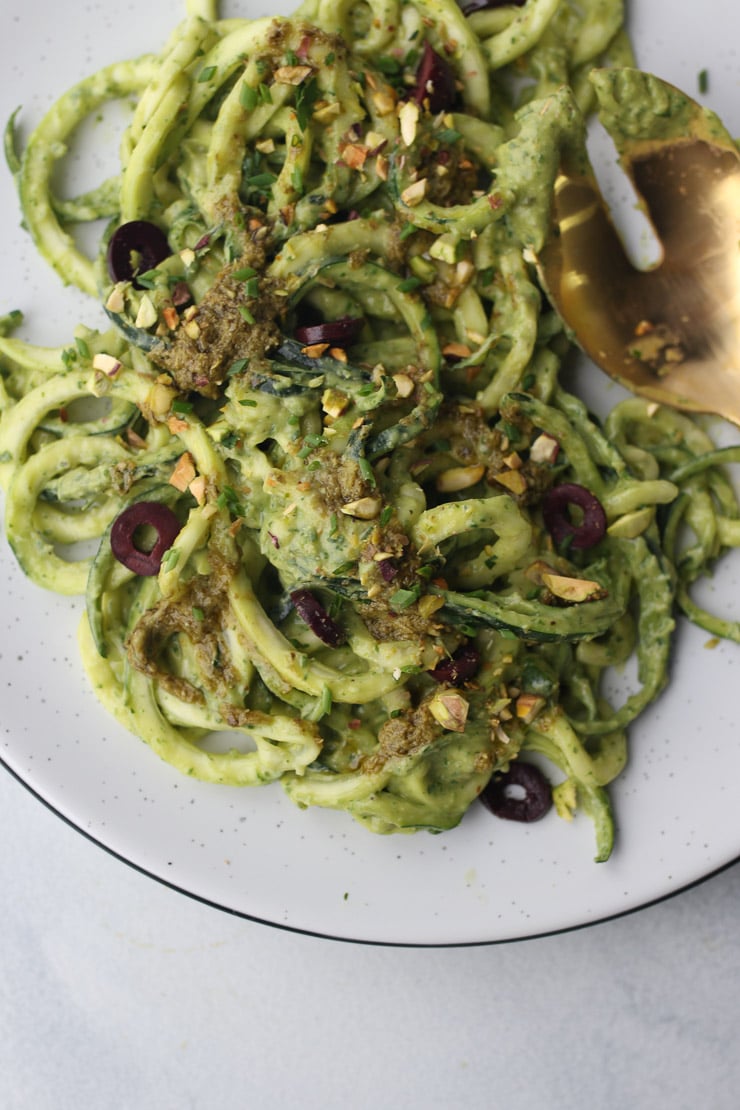
So you know I have an additive approach to nutrition, which is why I like to stretch refined carbs by mixing them with fibre-rich veg. So that may mean adding zucchini ribbons to pasta, or adding finely diced veg to rice. You don’t have to swap ALL your rice for cauliflower rice, but maybe try 30% and see if you notice it.
Not only does this add another layer of flavour and texture, but it turns a lower fibre meal into one that is far more satiating and nutritious. Even if you don’t change the portion of pasta on your plate at all, there’s a good chance you won’t need as much of it because the added fibre from the veggies adds volume and promotes satiety. Both of which help aid in weight management, which is another reason why my Hunger Crushing Combo™ works.
Choose Fats with Purpose
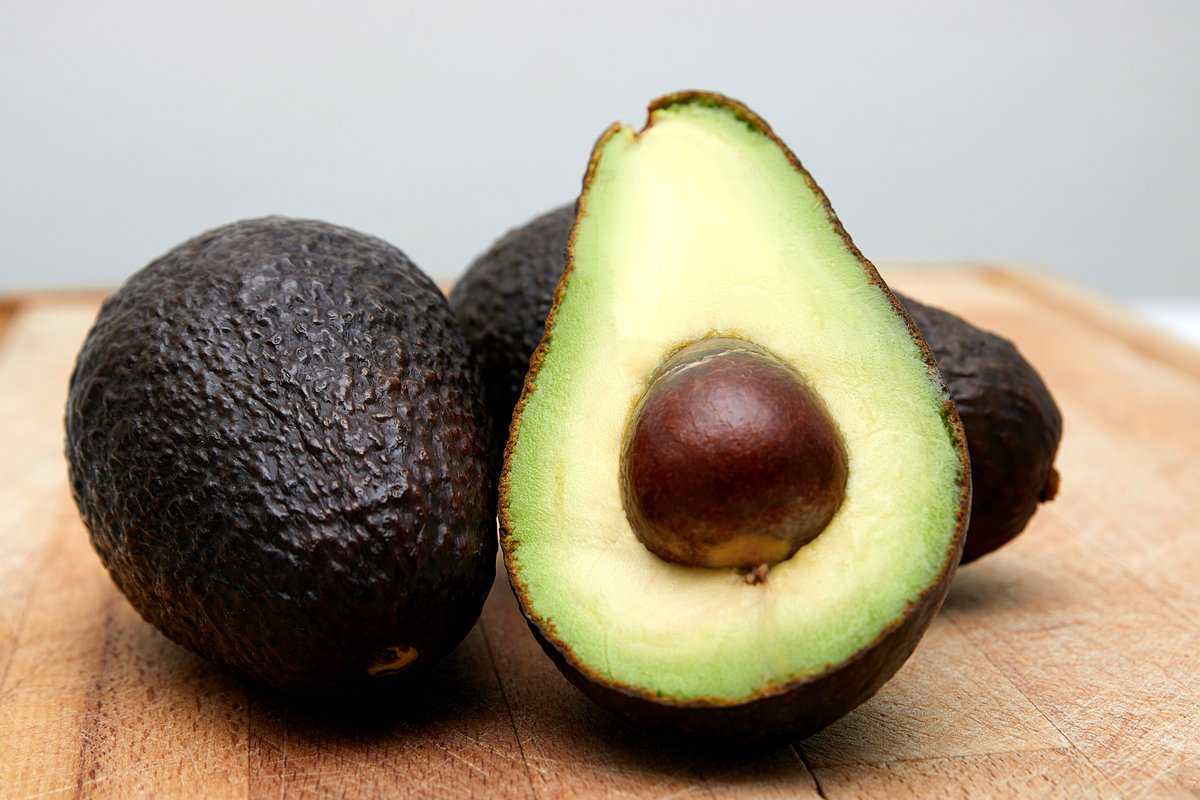
I will never suggest you shouldn’t use oils for cooking or in salad dressing. If fact, you absolute should- these make naturally nourishing foods a lot more delicious.
But when I say fats with purpose, I mean choosing whole food fat sources that have dual Hunger Crushing Combo™ citizenship; foods that have fat and fibre, or fat and protein. Avocado is a great example because its got 22g of satiating fats, 3g of protein and a whopping 10 grams of fibre each, making it more satiating than an equivalent amount of fat in oil. Likewise, whole peanuts have 14g fat, 7.5g of protein and 2.5g of fibre. These foods offer more volume, flavour and hunger crushing compounds than straight oils or fats, so you’re getting more bang for your buck.
This could look like using avocado can be used as a sandwich spread, and drizzling a peanut sauce on dishes.
Drink Water as Soon as You Wake Up

After a night of sleep, you have just gone 8 or more hours without any hydration. It’s important to capitalize on the morning thirst by working water into your coffee ritual.
The moment you wake up, before you check your phone, drink a full glass of water. Then, while you’re preparing your morning coffee or tea, drink another one. This healthy habit is really important for regularity, bloating, energy metabolism, cognitive performance, and joint mobility.
Limit Phone and Screen Time Before Bed

Use parental lock functions to limit phone use before bed. Yes, I’m suggesting that some of us need to parent ourselves a little to limit our phone use before bed. And let me tell you why.
We know that screens before bed significantly interfere with circadian rhythms and sleep, and poor sleep impacts appetite, food cravings, blood sugars, weight gain, cognition and attention, immunity defenses and much more. There are actual parental safeguards and locks you can put into play to lock you out of social media before or after a certain time in the day, and if you’re the type to stay up late strolling, resulting in poor sleep, it might be time to use them.
Trust me, The Bachelor is nowhere near as important as restorative sleep and your resulting health.
Take Calls or Virtual Meetings on a Walk

Exercise doesn’t have to be “intentional” or sweaty for it to count. In fact, you’re less likely to compensate by “rewarding yourself” with more food when movement is framed as fun or leisurely than it is as exercise.
So if you have to listen in on a boring Zoom conference call, turn that camera off, pop your headphones on and take it while getting some fresh air and movement. The same goes if you’re on hold with an airline or bank, because it makes the elevator music a hell of a lot more bearable.
This is a bonus tip for my ADHDers, but you might even find that you can concentrate much better at what’s being said while simultaneously moving your body. The best part is, it’s a healthy habit that isn’t eating into your busy day.
Try a New Fruit or Vegetable
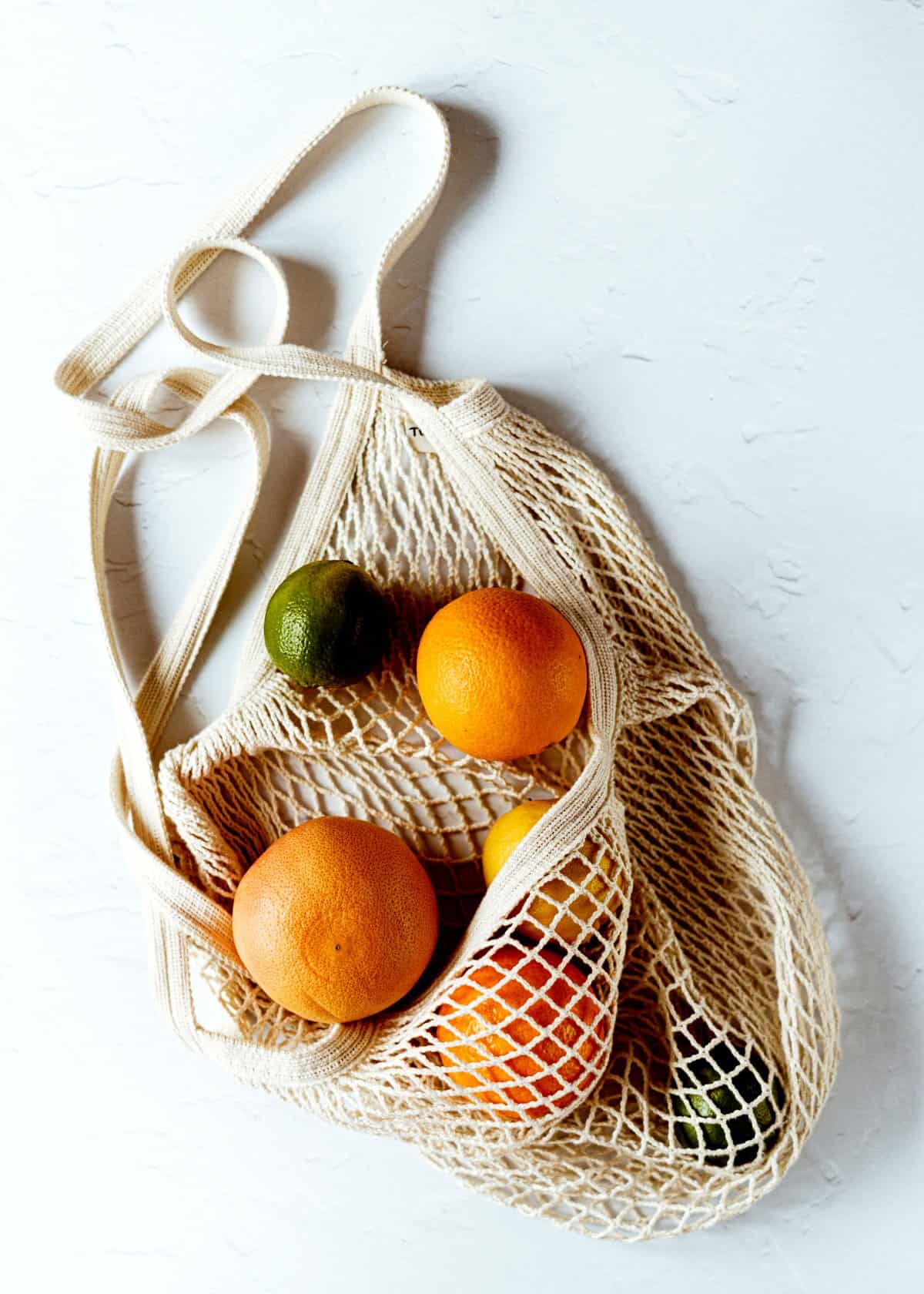
I’m big on the importance of variety, because a varied diet is the most likely diet to meet all your nutrient needs. Our gut bacteria also thrives on diet diversity. But food right now is expensive, so most of us can’t afford to eat three different fruits and three different vegetables each day of the week.
So make an intentional point to switch up which varieties you buy from week to week. If this week is apples and broccoli, make next week kiwis and cauliflower. If this week you’re making salads with spinach, next week do kale. This not only helps prevent “healthy eating” recipe ruts, reducing the risk of you throwing in the towel, but it’s a foolproof way to ensure greater nutrient variety over time.
Plan 3 Different Breakfasts Every Week

Speaking of variety, try planning three mindless breakfasts to rotate with different variations.
Unless you’re a wellness influencer, no one has the mental energy to come up with a new fancy breakfast recipe every day of the week. Plus mornings are hectic enough, so if breakfast takes too much mental bandwidth, you’re much more likely to just grab a croissant or bacon sandwich on the go.
See tip 1 about the importance of protein – especially in that morning meal. Research suggests that having a protein rich breakfast significantly reduces appetite throughout the day and results in fewer calories consumed at the next meal. So I suggest having three simple protein rich breakfast concepts that you always have the ingredients for, and always have time to pull off, and then add slight variations with different toppings. So my three are protein oatmeal, protein smoothie bowl, and cottage cheese or yogurt parfait. I do my best to switch things up every week with different fruit, berries, nuts, seeds, cereals and other crunchy toppings depending on my mood.
Mix Sugary Cereal with High Fibre Cereal
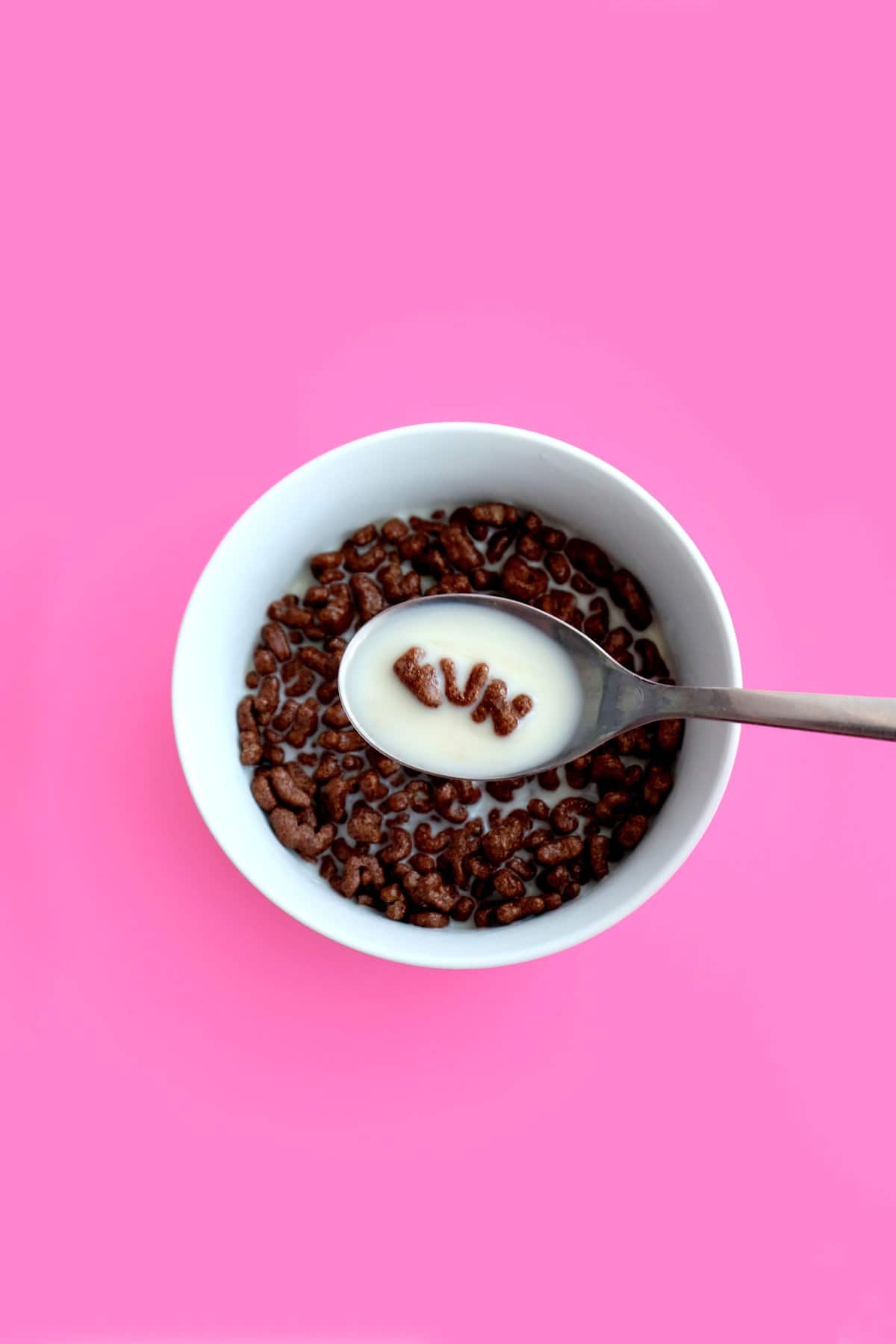
On the vibe of breakfast one of my personal favorite tips is to mix high sugar cereal with high fibre whole grain cereal. I do this all the time because sometimes I just feel like a little frosted flake action, but I know this isn’t going to hold me very long. I also know that I’m getting older and starting my day with a bowl of sugar doesn’t feel super great for me or my gut.
So rather than putting sugary cereal up on a pedestal and telling myself I can never have it again, I add it to a bowl of high fibre cereal like bran flakes or my oats. And I love a little Lucky Charm moment on protein oats. Trust me, if you’re a sugary cereal lover this hack will change your life.
Use Fruit as a Sweetener
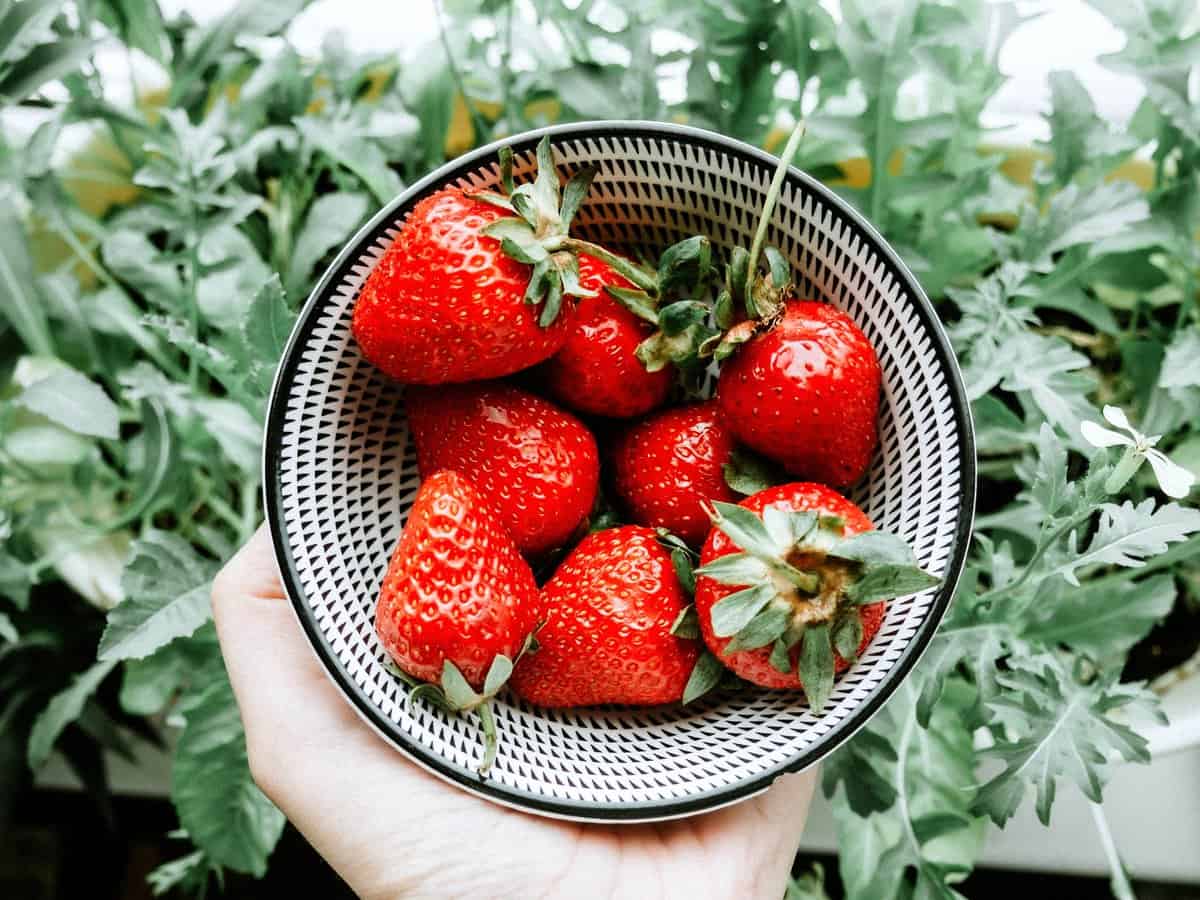
I’m never going to tell you not to put honey in your oatmeal, or make cookies without sugar. But don’t underestimate the natural sweetness of fruit.
Ripe mashed banana is amazing in oatmeal, yogurt and baked goods. Freeze dried berries, either ground up or whole, also add a ton of flavour, antioxidants and natural sweetness. Again, this is an additive approach to nutrition- by adding a ripe banana to your oatmeal, we not only cut back on the need for a lot of brown sugar, but we add volume and a ton of satiating nutrition that keeps us fuller longer.
Drink Two Sips of Water Per Sip of Alcohol

I refuse to tell myself that I can never have a cocktail or glass of wine again. But drinking too much too fast is not only damaging to your long term health, but has immediately unpleasant consequences.
Alcohol affects quality sleep which we already established is bad news for our health. It also causes constipation, bloating, dehydration, puffiness and other hangover symptoms. Looking at nutrition, alcohol lowers inhibitions which increases the likelihood of overeating. And of course, it adds excess calories without providing much useful nutrition, so we do see an increased risk of obesity in heavy drinkers.
The new guidelines suggest limiting alcohol to two drinks per week, and if you drink more than that, to limit to no more than two drinks per sitting. To accomplish that (and prevent the dreaded hangover), one of the healthy habits I practice is taking a minimum of two big sips of water between each sip of alcohol. This will slow you down, prevent overconsumption, and keep you hydrated to mitigate some of the aftermath effects.
Start Your Meals with Veggies
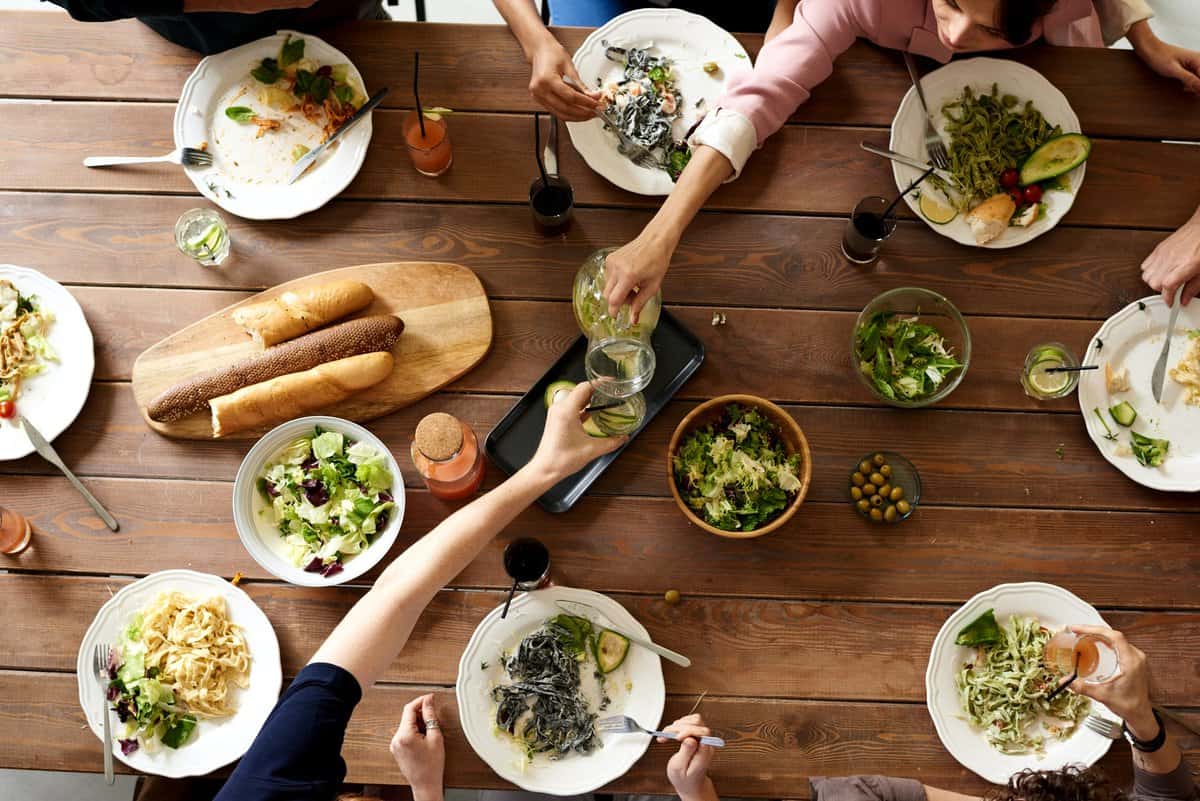
When dining out, always start with a vegetable based appetizer or salad.
Yes, there’s a lot of diet websites that will insist you fill up on plain salad or a broth based soup before you eat your main to reduce your calorie consumption when dining out. And honestly, that suggestion is evidence based. Research has found that starting a meal with a salad reduces meal caloric intake by 12%. But its not the reason why i make this suggestion.
This is my suggestion to encourage more fibre intake, which is generally lacking in restaurant food, and can be important to counteract the digestion slowing effects of a lot of excess sugars, fats and alcohol. Starting with veggies also helps prevent an all or nothing mentality when dining out. Folks who have heavily restricted calories most of their life tend to get into a last supper mentality when “off” their diet in a restaurant where they feel the need to eat the fried appetizer, and the creamy cheesy pasta, and the bread, and the cheesecake, and a bottle of wine because DIET STARTS AGAIN TOMORROW. But by starting with something nutritious like salad, you’re automatically kicked out of that all or nothing trap and can make more balanced choices that feel good to your body and still satisfy cravings.
Prep Meal Building Blocks
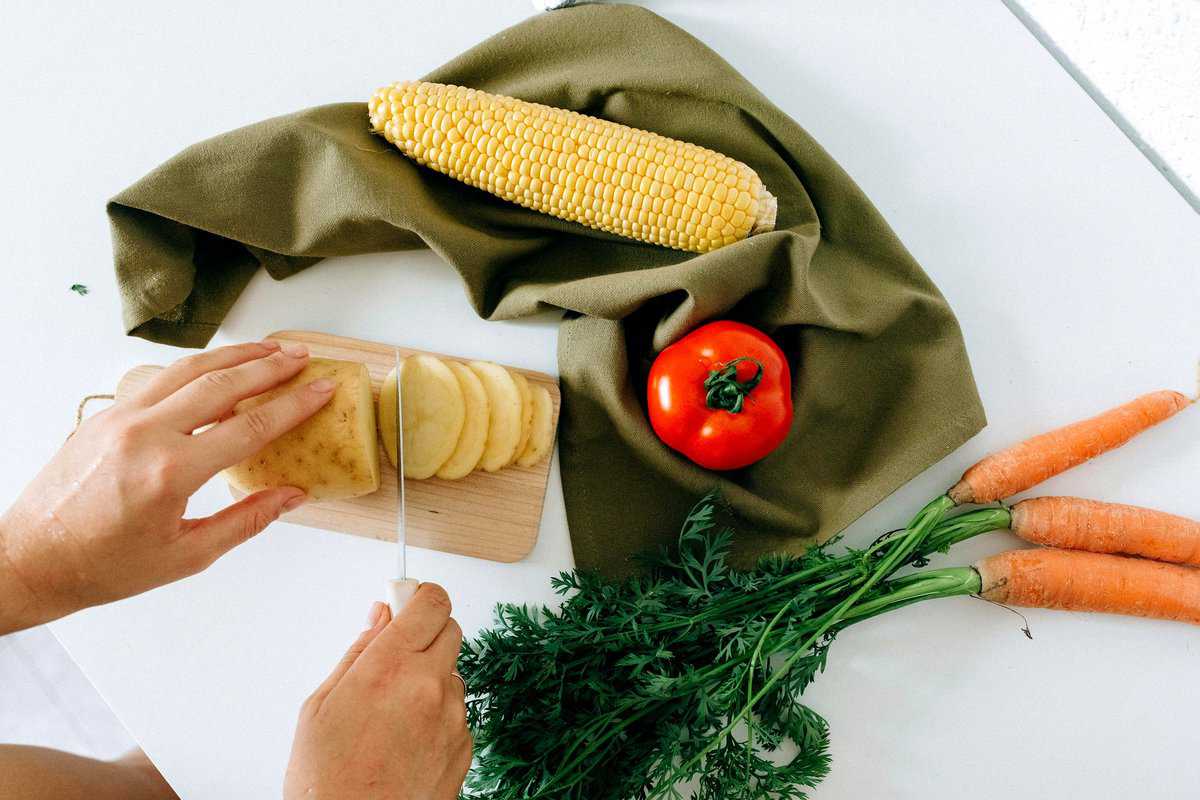
We’ve all seen those beautiful overhead shots of 20 different meal prep boxes for the week. Meal prep is one of the greatest healthy habits, but the traditional style isn’t for me. I don’t know about you, but I don’t have time for that AND I’d get sick of eating the same thing for 7 days straight. If you’re not excited about your meal, you’re more likely to “accidentally” leave it at home and buy something on the go.
So I suggest making big batches of meal components that can be reassembled into a variety of different meals throughout the week. So grill a bunch of chicken breasts or tofu, cook a big pot of quinoa or rice, and pan roast a couple types of veg. From there, you can do salads, sandwiches, soups, stir fries, bowls, tacos and more.
Store Prepped Fruits and Vegetables in Clear Containers
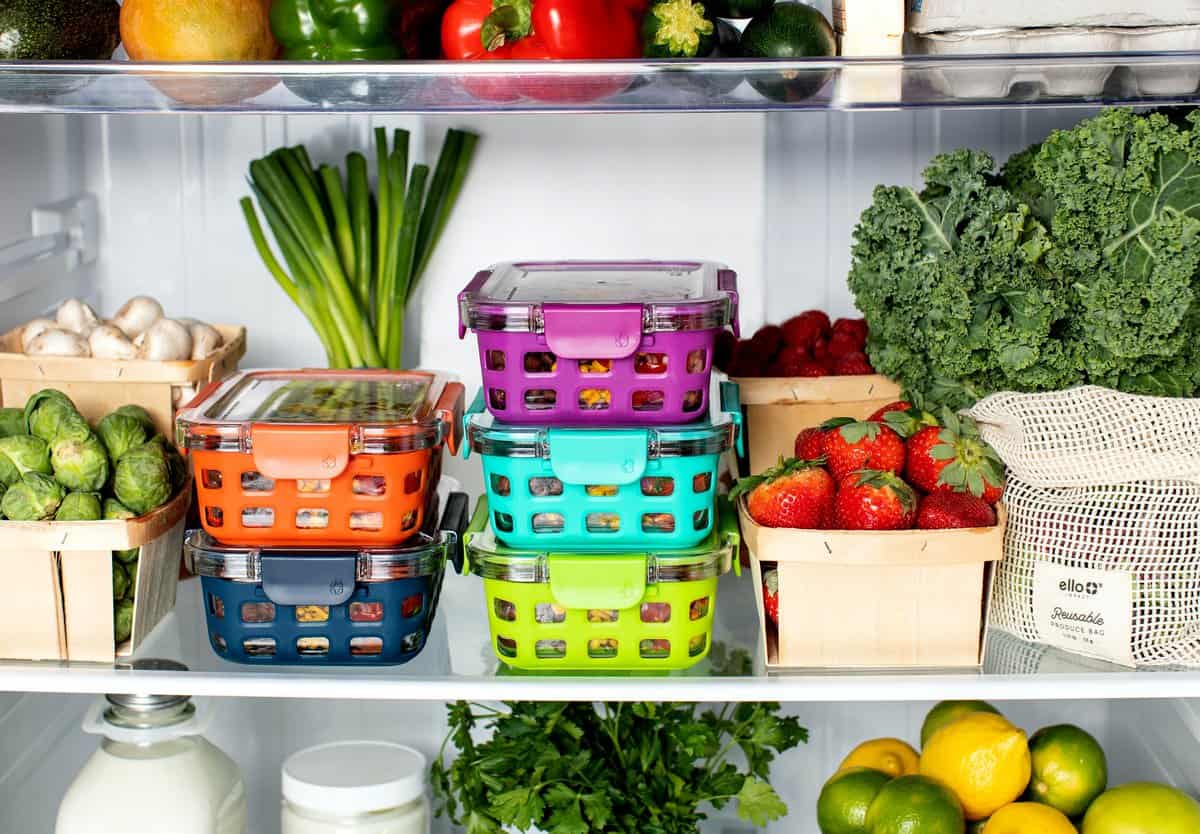
Our food choices often come down to marketing and convenience. So we kind of have to be good marketers for nutritious foods.
One of my favourite ways to do this is spending 30 minutes after I do groceries to wash and prep all the produce. I put everything into clear containers so I can visually see what’s in them and pop them into the fridge at eye level. Not hidden behind the milk or leftovers. Front and center. So when you get home from a long day and you’re ready to eat whatever you see first, those pre-chopped fruits and veggies will be starring at you as the most intuitive choice. Make the daily nutrition recommendations the easy ones!
Add a Handful of Greens While Reheating Leftovers
Whenever you do reheat leftovers, homemade or from a restaurant, throw a handful or two of spinach or leafy greens with a pinch of salt on the bottom of the bowl. As your meal reheats, it will wilt the greens and marinate them in whatever sauces or seasoning your leftovers contain, adding extra volume, fibre and nutrients without any additional effort.
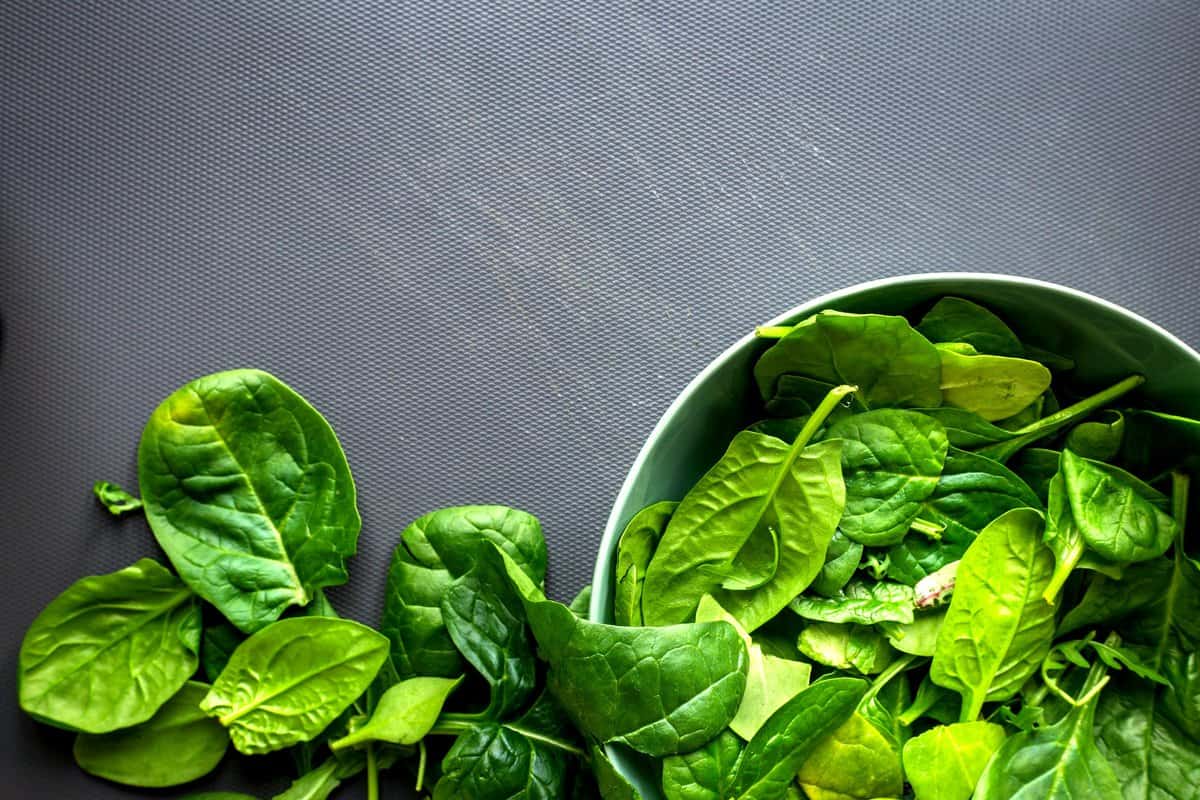
Well folks, I hope these actionable gentle nutrition habits can replace the more lofty abstract weight loss goals as we go into New Year’s resolution season. Remember that incorporating daily nutrition recommendations will take time, but they should be sustainable. It’s a marathon, not a sprint.
More Blog Posts You Might Like
For more dietitian approved daily nutrition recommendations and tips:
- Intuitive Eating for Weight Loss? Advice from a Registered Dietitian + Common FAQs
- Sustainable Gentle Nutrition Tips
- I’ve Maintained My Weight My Whole Adult Life | Habits for Set Point Weight
- Bikini Body Guide | No-Diet Approach to Bikini Body Mentality
Which one of the daily nutrition recommendations are you trying? Got any you do everyday? Share them below!
Updated on March 12th, 2024

Abbey Sharp is a Registered Dietitian (RD), regulated by the Ontario College of Dietitians. She is a mom, YouTuber, Blogger, award winning cookbook author, media coach specializing in food and nutrition influencers, and a frequent contributor to national publications like Healthline and on national broadcast TV shows.
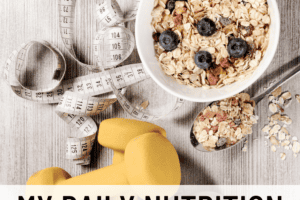



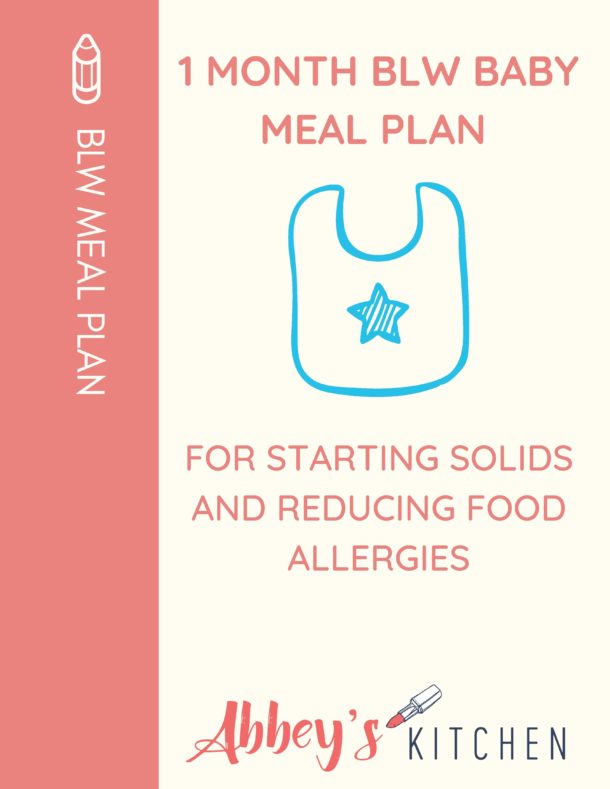
Leave a Comment